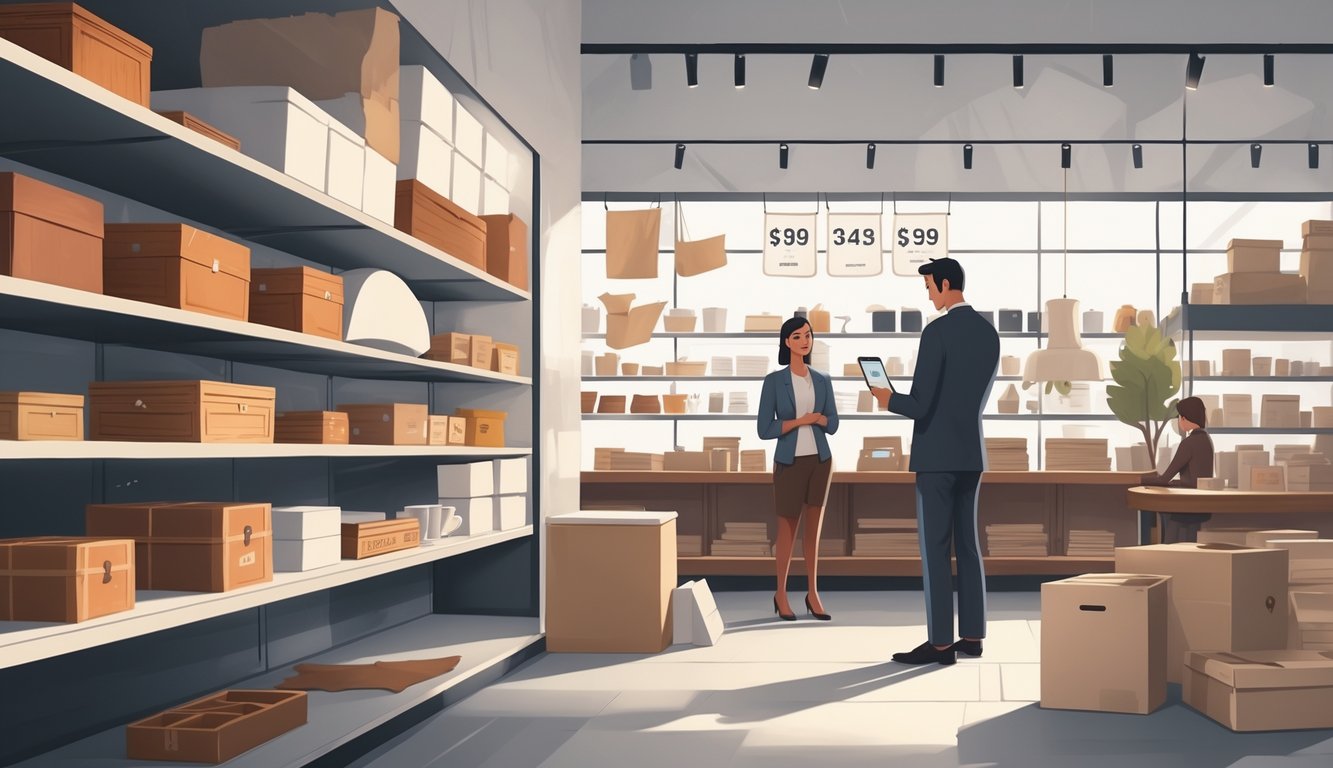
Emotional and Historical Value of Classic Goods
Why is a solid brass doorknocker suddenly $80? My neighbor refuses to swap his battered old one—it’s basically family at this point. Actual value? Who knows. It’s nostalgia, scarcity, random attachment, and some dealer’s spreadsheet, not what the store says. The thing is, when these items vanish, it’s not just empty shelves. Something else goes missing.
Emotional Connection and Collectors’ Value
Maybe I’m clueless, but every time I mention discontinued stuff—vintage Levi’s, real teak chairs—someone gets all misty-eyed, “My grandma had that!” It’s like clockwork. Certain materials just get better with age. I read somewhere (here) that leather, wood, metal, all that, actually become more valuable over time. Collectors? Total wildcards. What’s priceless to one is junk to another, but once something gets rare, prices zigzag for months.
I met this upholstery guy—total nerd for details, never sentimental—except when he’s raving about horsehair stuffing from the 1930s. Try swapping that for polyester. Won’t work. Nostalgia sells, and I checked the eBay stats: vintage stuff moves over $1 billion a year, and logic has nothing to do with it. People start with a feeling and end up in a bidding war over a breadbox. Guilty.
Examining the History of Classic Retail Items
This is where my brain just fizzles out—was the Chanel 2.55 bag about Gabrielle Chanel or the whole Parisian economy? When sellers call something a “heritage brand,” it’s loaded. Suddenly, everyday stuff gets treated like museum pieces the second they’re discontinued. A friend told me companies usually retire products because material costs spike, not because people stop buying. Buyers? Left scrambling for substitutes.
Nintendo milked this with their NES Classic re-issues—why did old tech outsell modern consoles? “Nostalgia premium,” I guess. There’s academic stuff about it (this one), marketers know exactly what they’re doing. People want to time-travel, not just collect. Meanwhile, luxury brands like Chanel or Hermès tie their products to eras on purpose, making you feel like you’re buying a piece of history.
Tips for Navigating Shopping During High Prices
What drives me nuts lately—besides shelf prices changing before I’ve finished my coffee—is how fast the good stuff just disappears. Blink and the 100% wool socks are gone, replaced by polyester, with a price tag that hurts twice. Even “sales” feel like a moving target, changing faster than the weather app.
Saving Strategies Amid Price Hikes
Can anyone explain why pantry basics spike every three months, while the weird limited-edition cereal just sits there? Coupons? Useless now. I read Kiplinger’s article about stocking up before tariffs and realized panic buying just fills my closet with clutter. I check price labels out of habit—ever notice those “rollback” tags that save you, like, two cents?
My friend who works in supply chains says retailers keep cost cuts instead of passing them on. Loyalty rewards? Fine, but set reminders—half those codes vanish overnight. I keep a ridiculous spreadsheet of my most-bought items’ price cycles (I know, laugh, but last year it saved me $213 and yes, I brag). Meal planning? I switch brands mid-list because the store app says there’s a bulk deal, but the per-unit price is worse. Finding legit savings now feels like winning bingo—without the fun.
Making the Most of Limited Inventory
Picture this: you walk in, determined to buy a certain jacket or your regular coffee beans, but—nope—“supply chain issues” wiped them out. Bargain aisles used to be quirky, now they’re just random. I watched a thrifter on Denver7 who keeps a running list of household gaps, updating it before every thrift run. Me? I can’t remember if I’m out of toothpaste or socks.
The real trick? Knowing retailers will ditch classic materials (cotton sheets, hi) before they admit it. My only hack is befriending store workers who’ll quietly tip me off when new shipments have old favorites mixed in. Sometimes it feels more like hunting for Easter eggs than shopping. And the shelf space for stuff you care about—like eco-friendly laundry soap—just keeps shrinking. If you spot a three-pack of your favorite socks, grab them. Next week? It’ll be neon stripes, different aisle.



